Teach reading: change lives
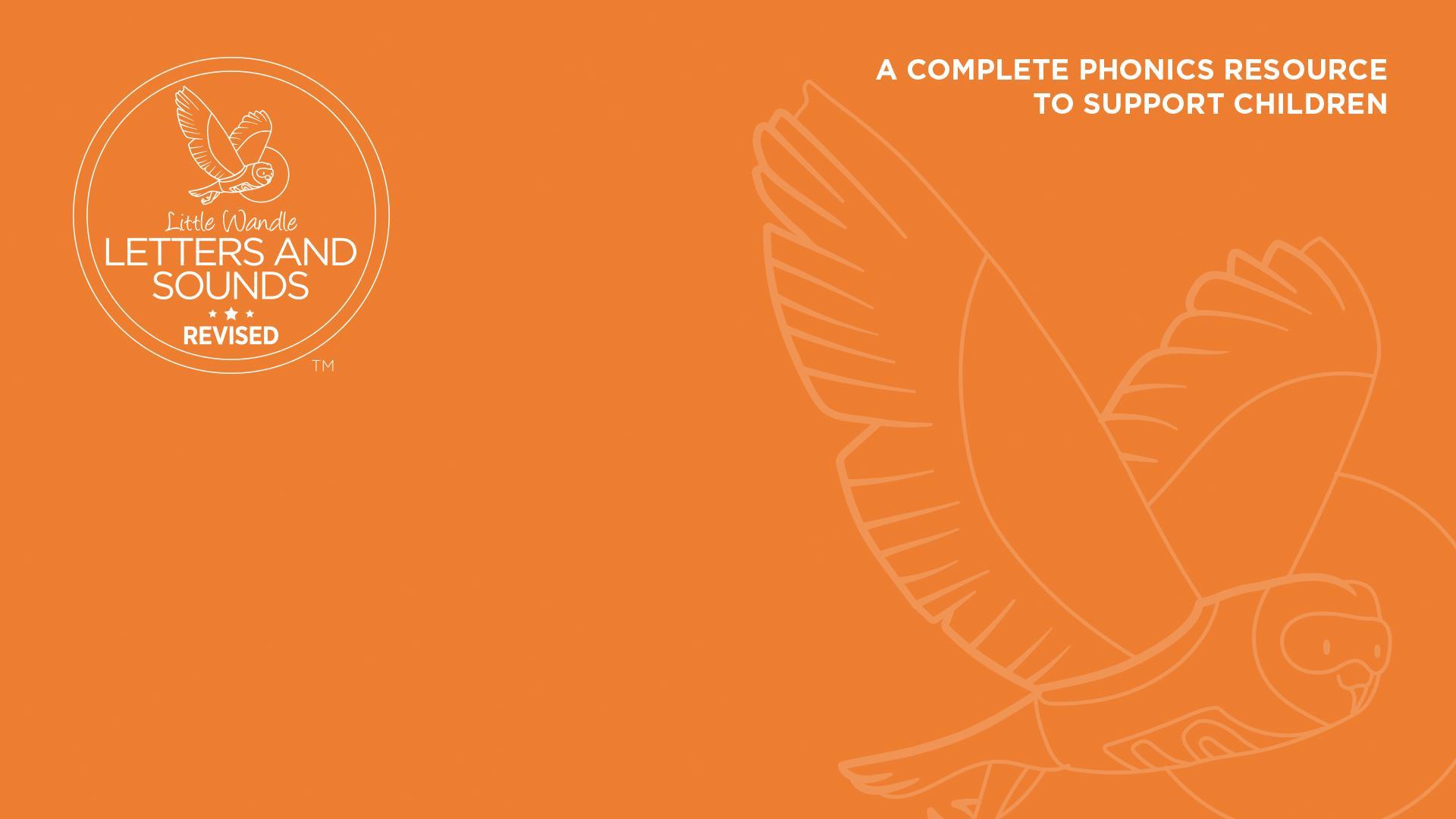
Parent workshop: Phonics and early reading in Reception, Phase 2
(Autumn 1)
OECD (The Organisation for Economic Co-operation and Development)

A love of reading is the biggest indicator of future academic success.
How many times have you already read today?
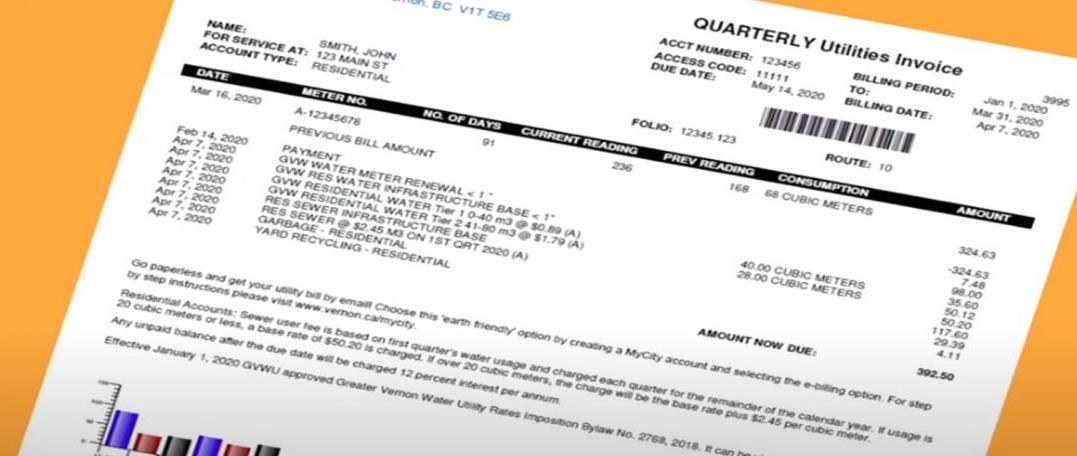
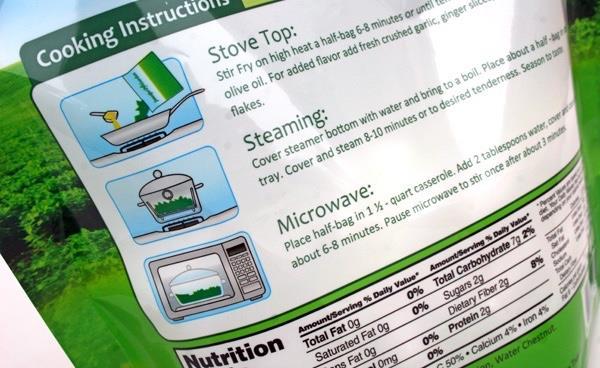



Phonics

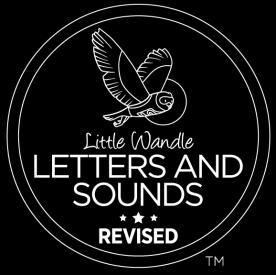
Little Wandle Letters and Sounds Revised

Our school has chosen Little Wandle Letters and Sounds Revised as our Systematic Synthetic Phonics (SSP) programme to teach early reading and spelling.
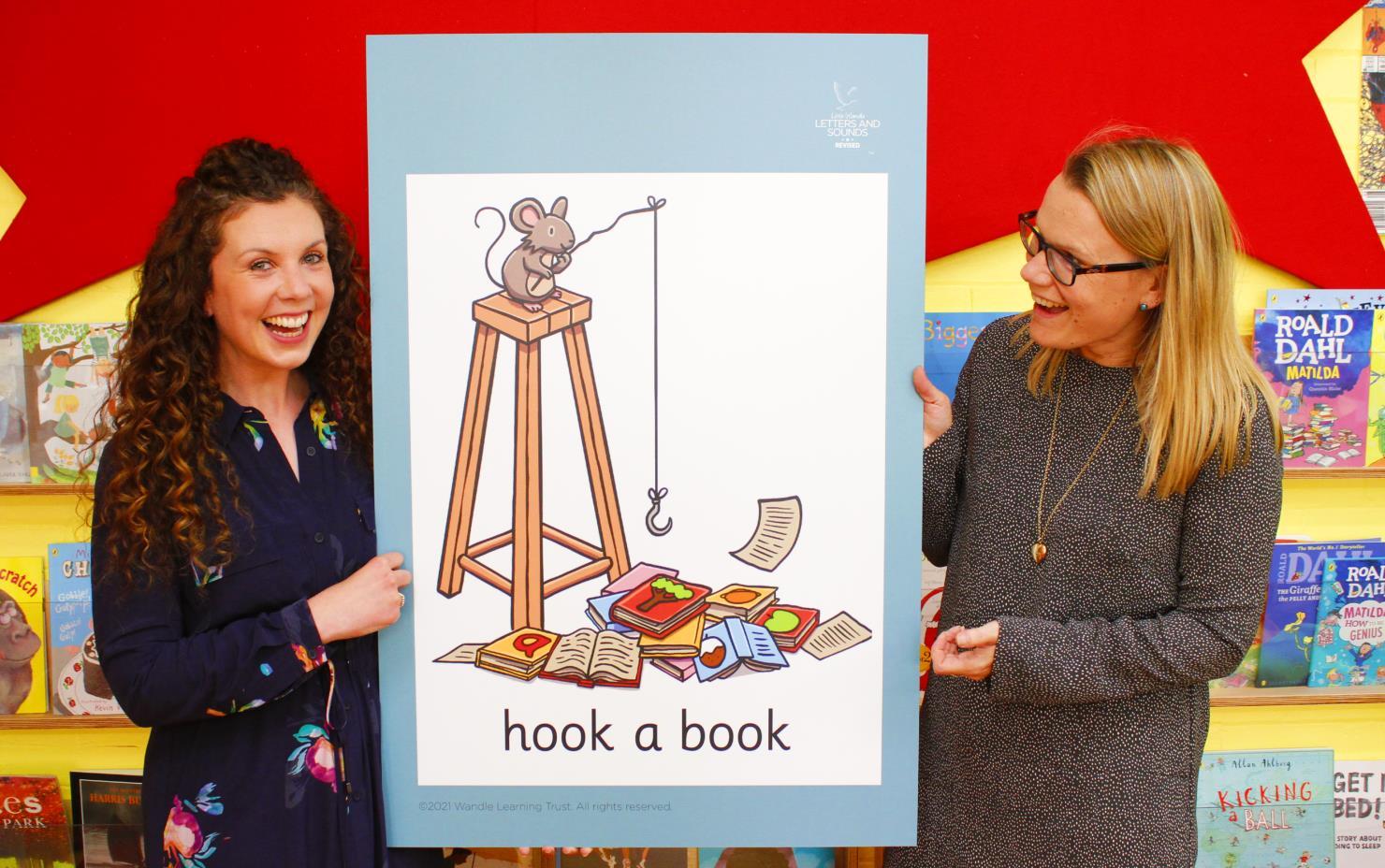
Phonics is:
making connections between the sounds of our spoken words and the letters that are used to write them down.

Terminology

Phoneme Grapheme Blend Digraph Segment Trigraph
This term we are teaching Phase 2
• These are the first group of letters and sounds your child will learn.

• We start teaching from week 2 of Reception.
• The lessons are fun, interactive, engaging and have been designed to gradually build over time.
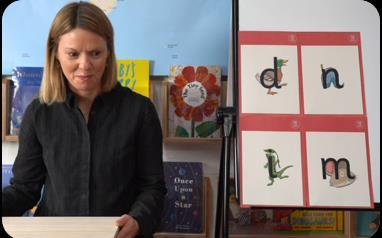
We teach Phase 2 in this order
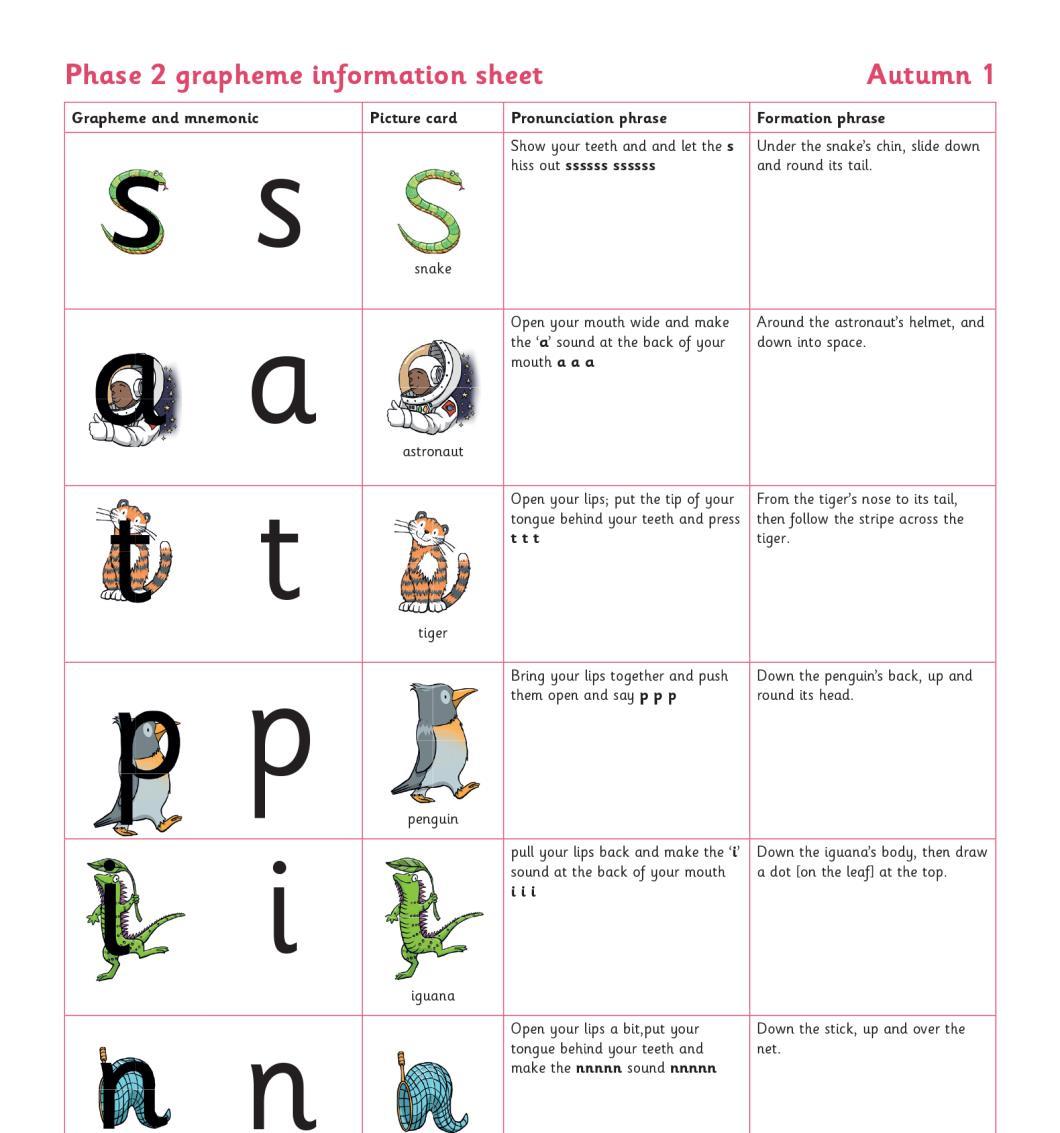




Let’s say the Phase 2 sounds

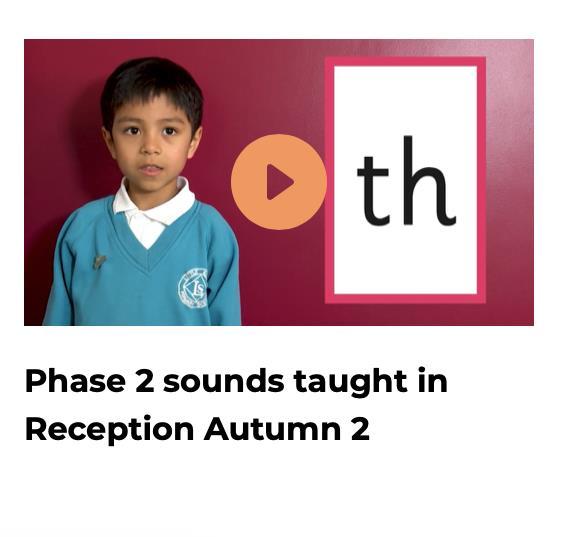


We teach blending so your child learns to read
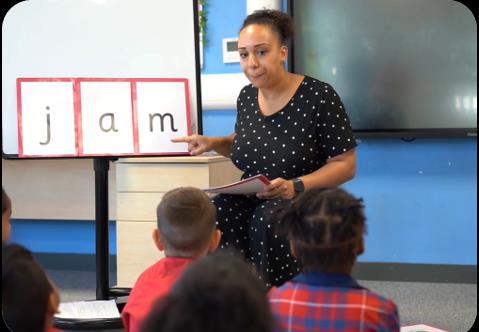
• Teacher-led blending is taught throughout Phase 2.
• Our aim to is to teach every child to blend by Christmas.
• We will inform you if your child needs additional practice.

Blending to read words
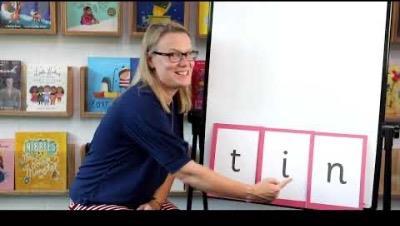

Tricky words
• These words have unusual spellings e.g. he, the, was. • They are taught in a systematic way. • Children are now learning to read the Phase 2 tricky words: is, I, the, put, pull, full, as, and, has, his, her, go, no, to, into, she, push, he, of, we, me, be.
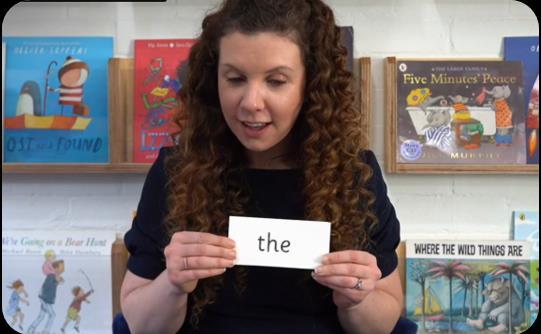

Reading tricky words
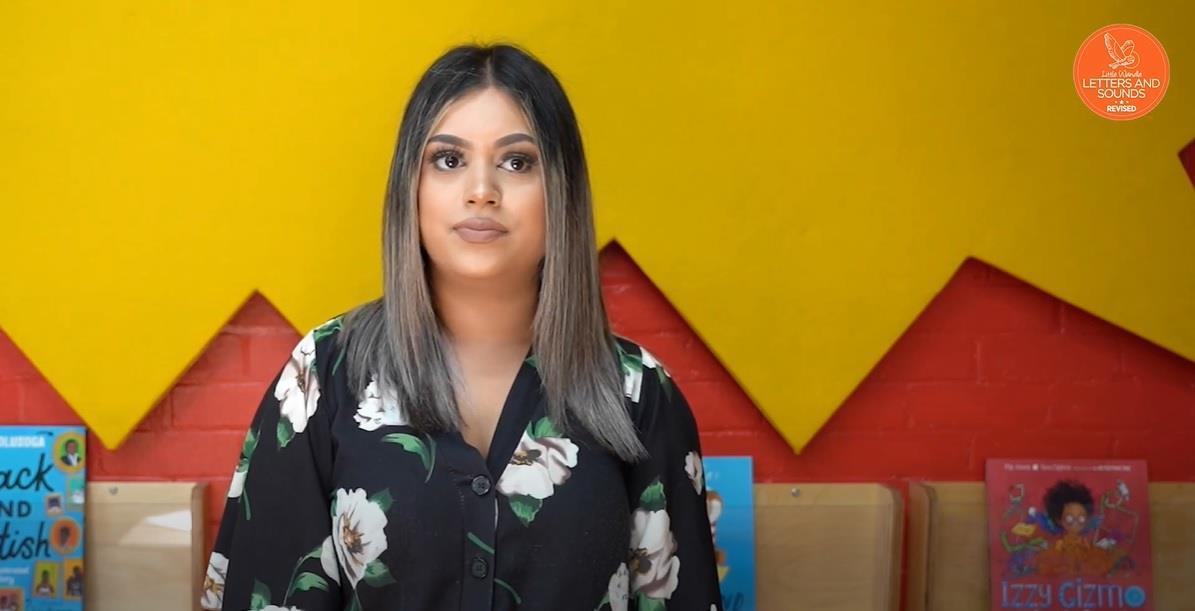

Our progression
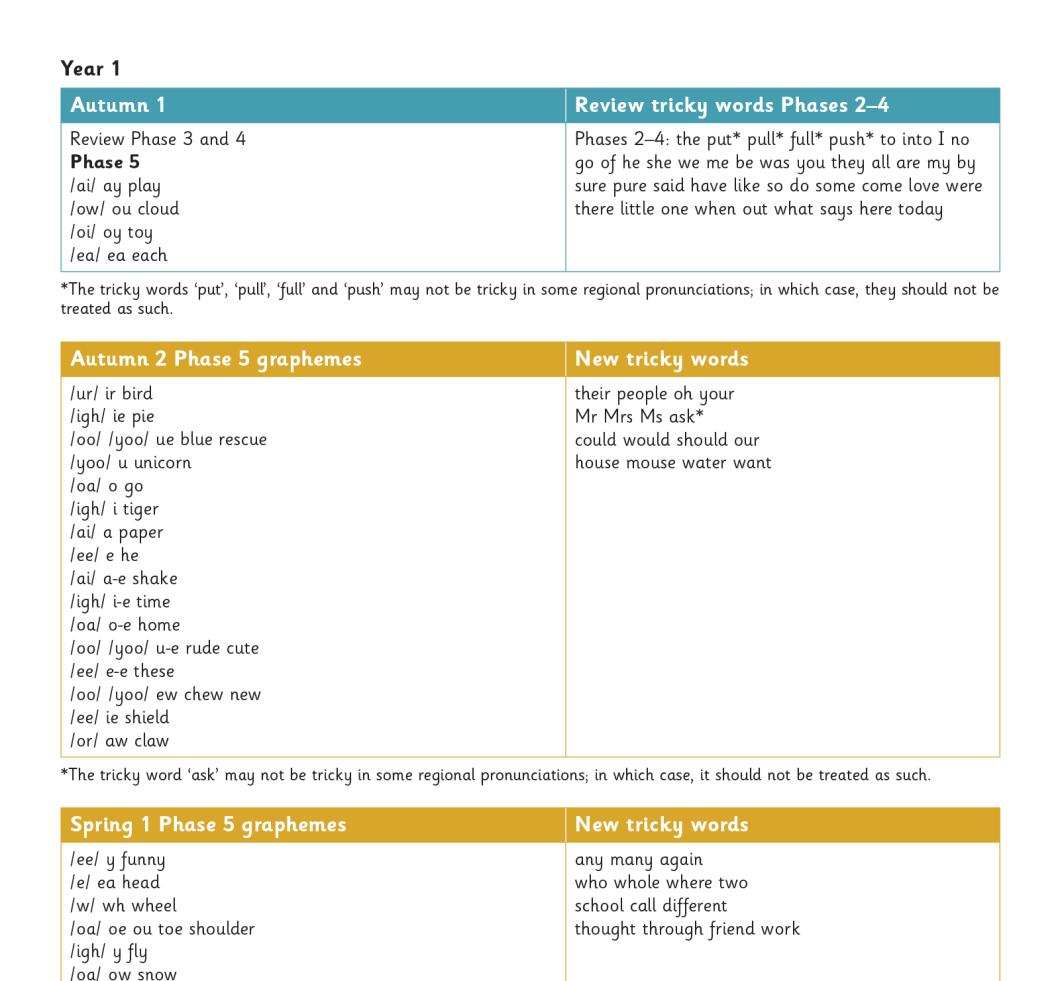

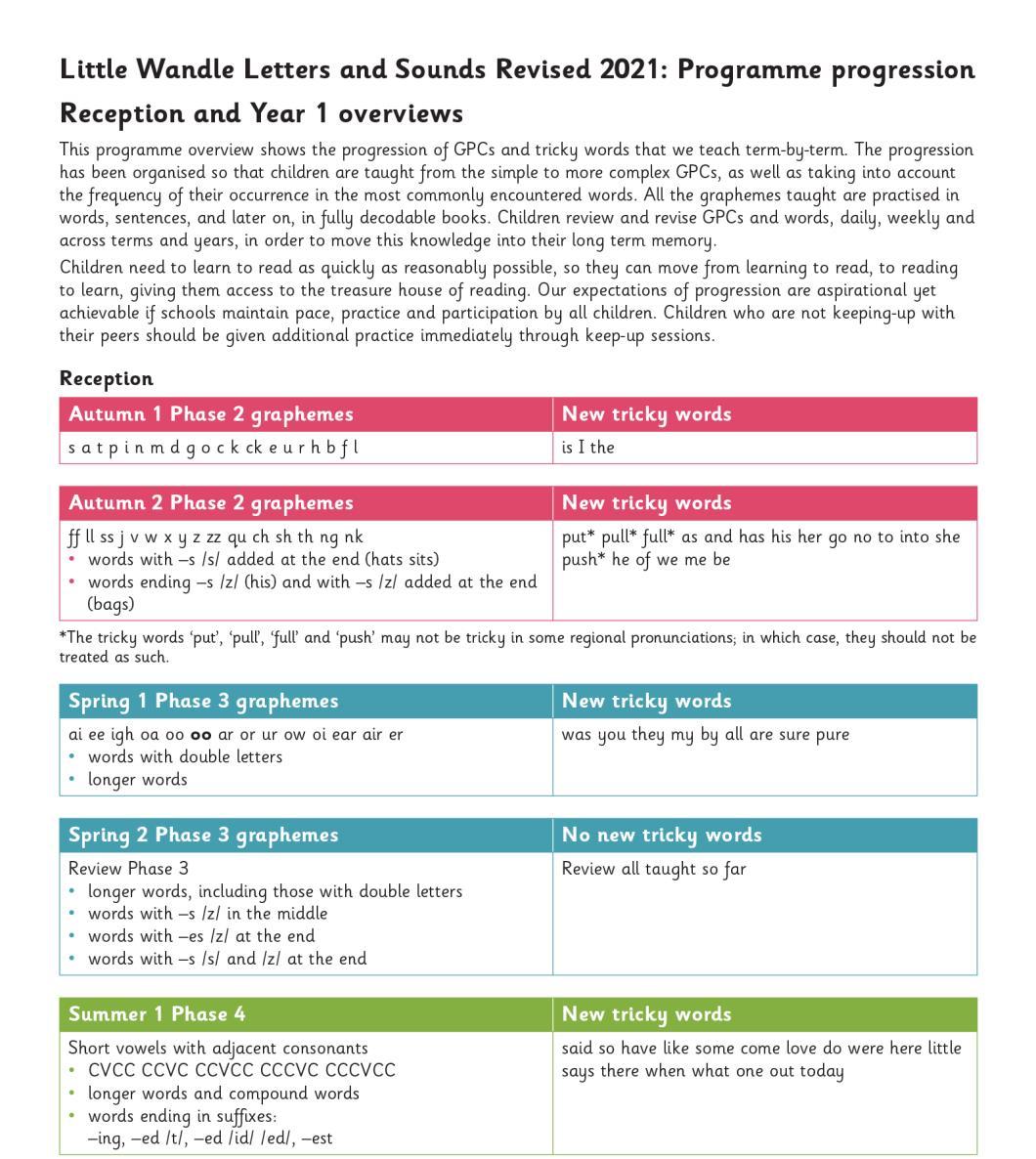


How we make learning stick

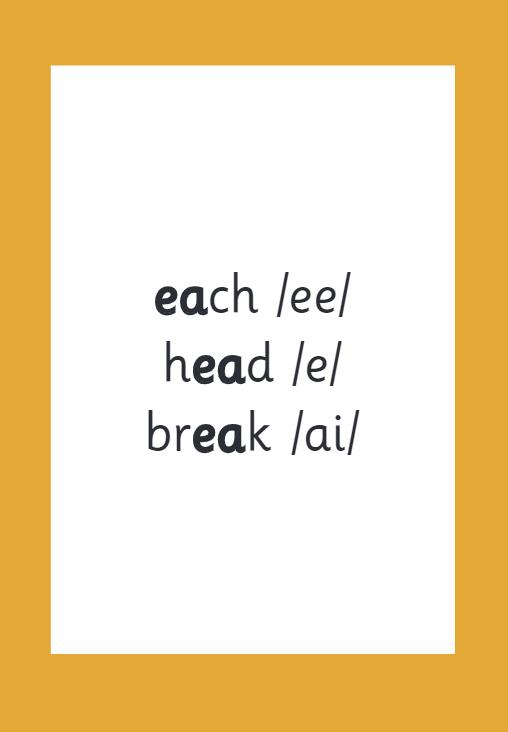
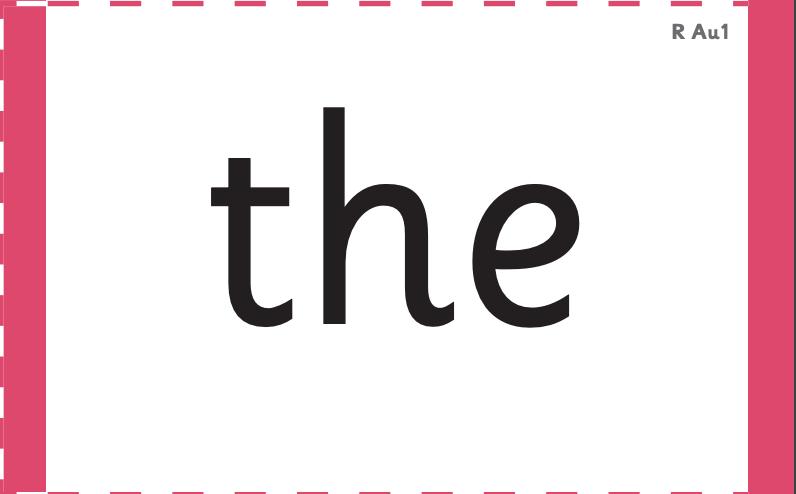
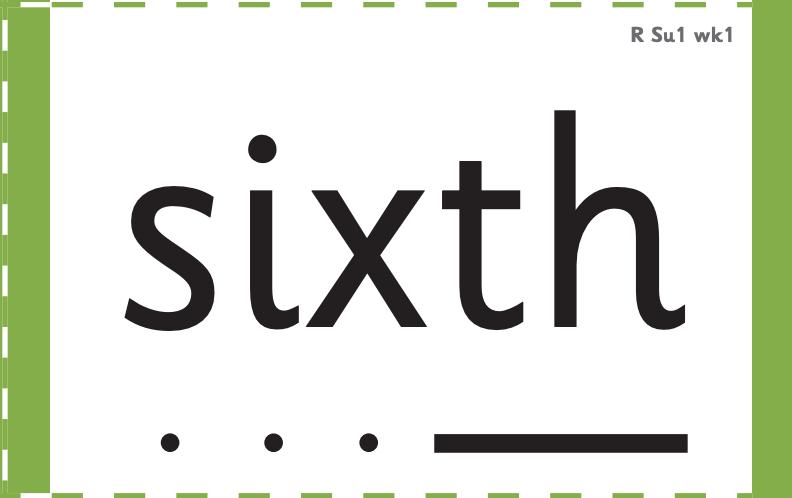
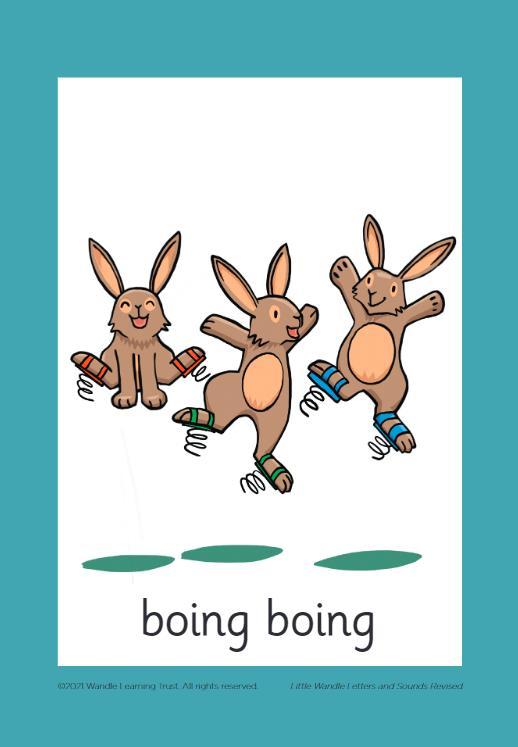
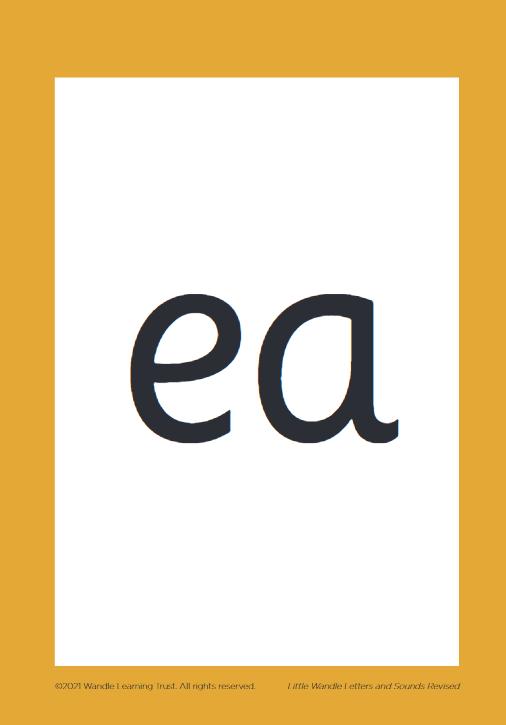

Reading and spelling


Spelling
• Your child will be taught how to spell simple words, using the graphemes they have been taught.
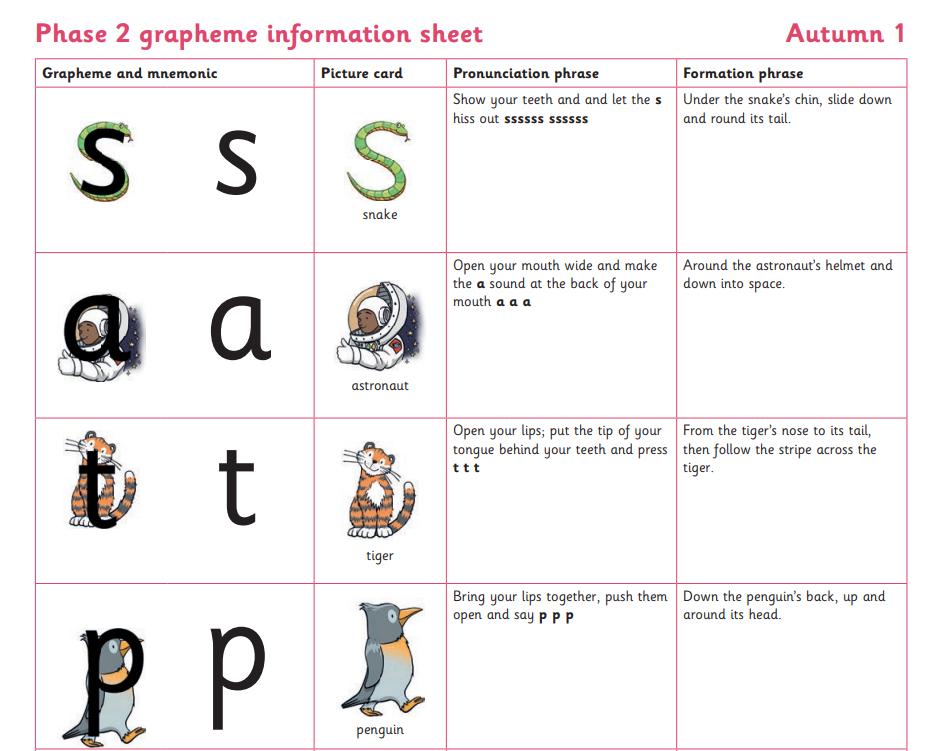
• They will practise the correct formation of letters. They will also have handwriting lessons.
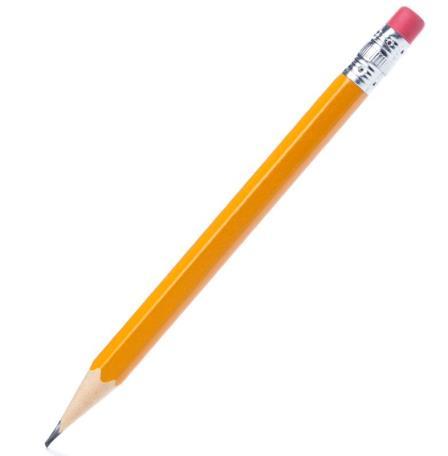

How do we teach spelling?

Say the word.
Segment the sounds.

Count the sounds.
Write them down.
•
•
•
•
How do we practise reading in books?
Reading practice sessions are:

• timetabled three times a week



taught by a trained teacher/teaching assistant
taught in small groups • children in Reception will bring a book home by week 4 of the first half-term.
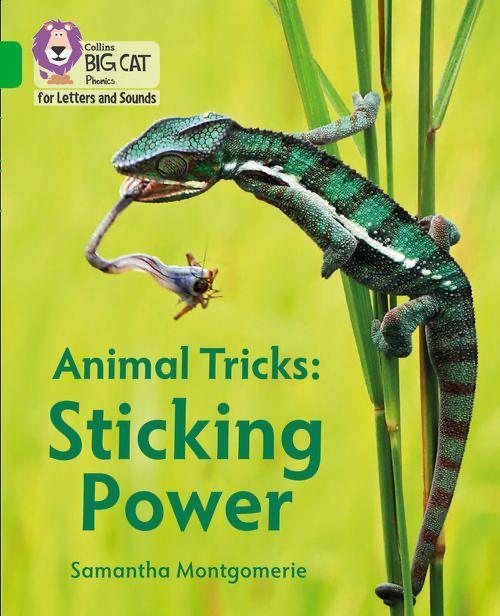

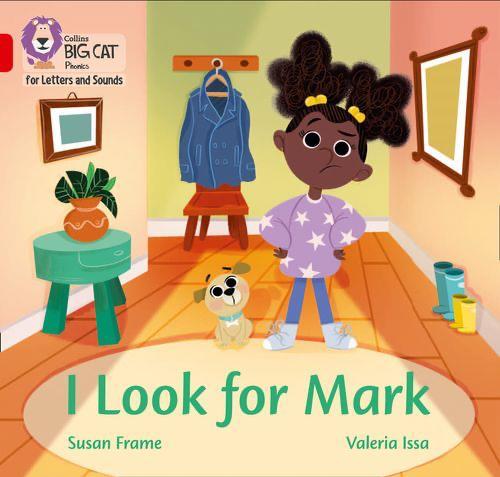
•
•
How do we find the right book for your child?
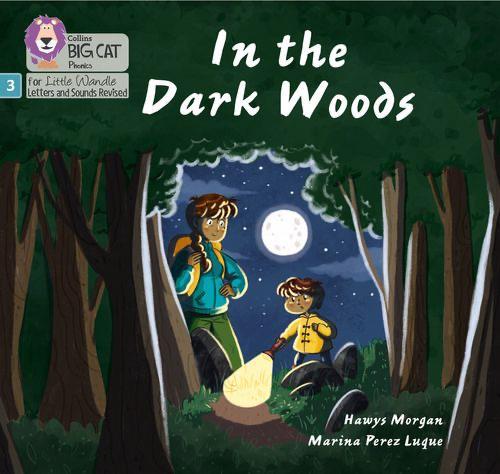

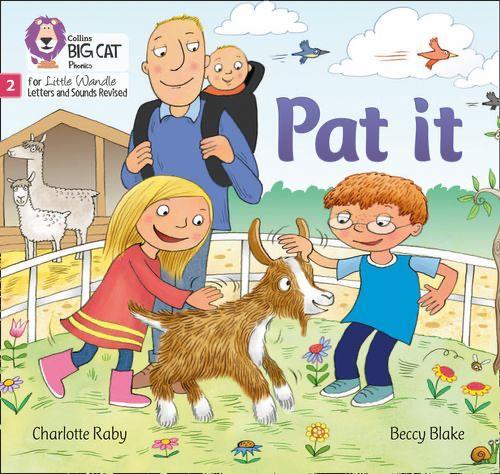

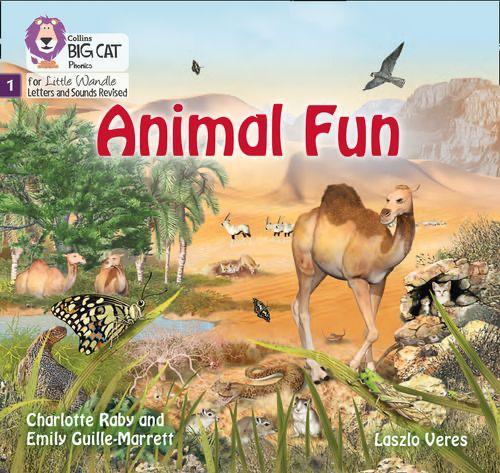

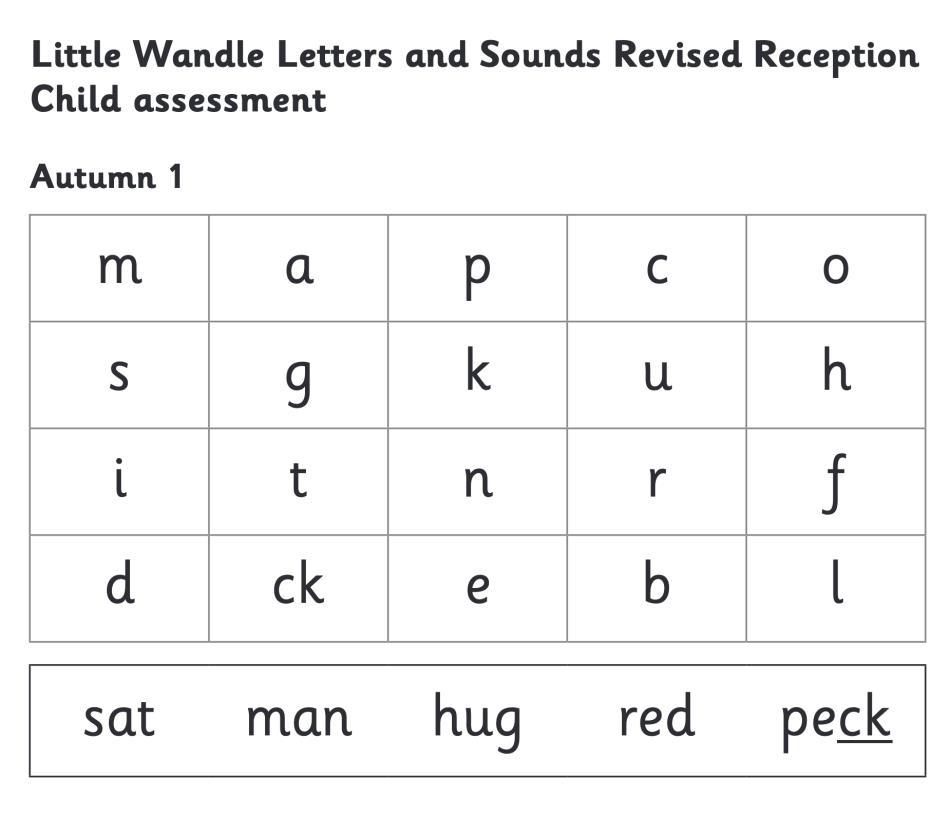


Reading at home


Books going home

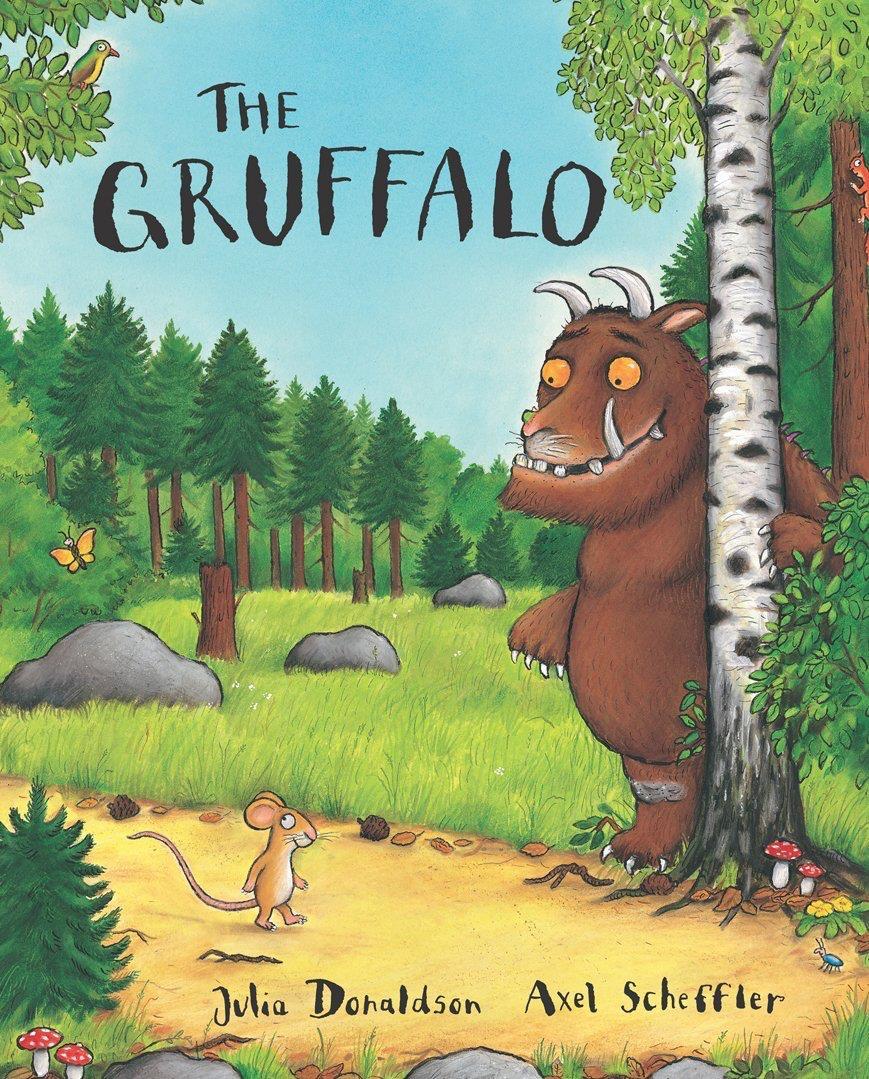




Listening to your child read their phonics book


• Your child should be able to read their book without your help.


• They might sound out words and blend them before they read them fluently.

• If they can’t read a word, read it to them.
• Talk about the book and celebrate their success.
Reading a wordless books
Wordless books are invaluable as they teach reading behaviours and early reading skills to children who are not blending – yet!

• Talk about the pictures.
• Point to the images in the circles and find them on the page.
• Encourage your child to make links from the book to their experiences.

Read to your child
The shared book is for YOU to read:
• Make the story sound as exciting as you can by changing your voice.

• Talk with your child as much as you can:

o Introduce new and exciting language.
o Encourage your child to use new vocabulary.
o Make up sentences together.
o Find different words to use.
o Describe things you see.
Supporting your child with phonics



The most important thing you can do is read with your child
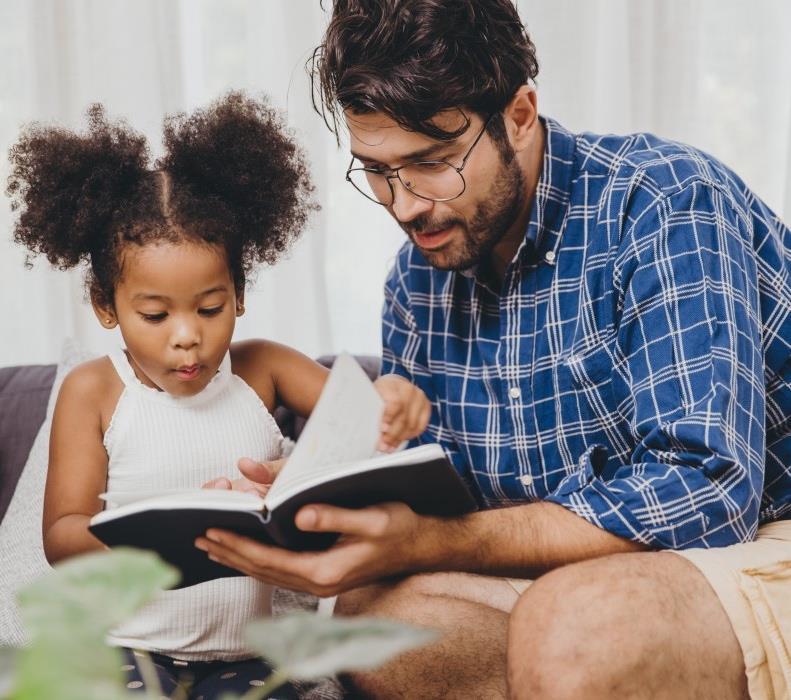
Reading a book and chatting had a positive impact a year later on children’s ability to…
• understand words and sentences
• use a wide range of vocabulary
• develop listening comprehension skills.

The amount of books children were exposed to by age 6 was a positive predictor of their reading ability two years later.
Parental involvement in the development of children’s reading skills: A five-year longitudinal study (2002) Senechal, M. and Lefvre, J
to children

One of the greatest gifts adults can give is to read
Carl Sagan


























































